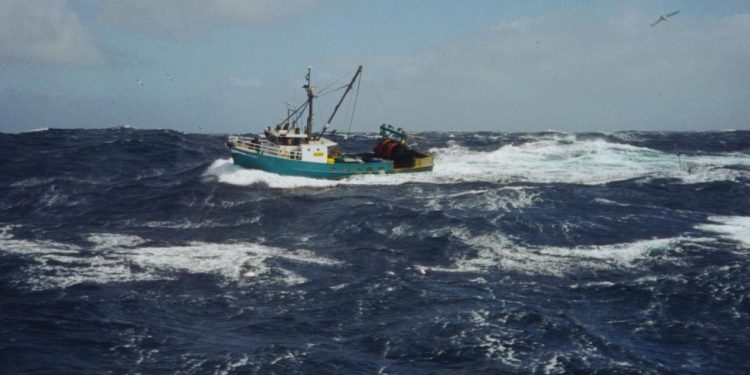Australia’s South East Trawl Fishing Industry Association (SETFIA) has welcomed the announcement in the federal budget of $24 million to support the structural adjustment of the fishery.
This package has been delivered in response to quotas set for the 2022/23 fishing year announced earlier this week by the Australian Fisheries Management Authority (AFMA). These management actions have been taken in order to safeguard the sustainability of the fishery. $20 million of the $24 million total will go into buying back sufficient trawl vessel permits to ensure the long term sustainability of the fishery.
SETFIA members met in February to discuss how to ensure the long term sustainability of the fishery given their first-hand knowledge of stocks. Members wrote to the Assistant Minister calling on the Australian Government to provide structural adjustment assistance, and the industry acknowledges both the Assistant Minster’s and AFMA’s timely and appropriate response.
Four stocks – silver trevally, John Dory, redfish and jackass morwong – will have quotas cut by 609 tonnes combined (86%) as these have failed to recover or have declined due to external factors including changed climatic conditions. There has been no strong recruitment of jackass morwong in particular for more than a decade.
These four stocks form only a minor part of the fishery’s total catch but are unavoidable by-catches of other healthy fish stocks. Future management interventions including closures and quota reductions (to the associated healthy stocks) may be required to keep catches of the four at safe levels.
‘These tough management steps are only possible with less but more profitable vessels. The speed at which the fishery manager AFMA, the Australian Government and industry have acted in partnership, is testament to the sustainability of Australia’s fisheries,’ said SETFIA executive officer Simon Boag.
‘None of the fishery’s stocks are being overfished and this step ensures this remains the case. The request by industry and the response by Government is a practical example of a system that works to protect and rebuild fish stocks and ensure that industry remains viable to supply all Australians with fish sourced from a completely transparent, world class management system.’
He added that SETFIA welcomes the announcement of $3 million in levy relief and $1 million to transition the fishery’s management to that required by a smaller and lower risk fishery.
‘The rise of fisheries like blue grenadier which has experienced a series of huge recruitment events over many roughy and the growing recognition of royal red prawns, means that there is still a strong supply of locally caught, delicious and sustainable fish,’ he said.
‘However, consumers will need to recognise this supply in order for these to be caught and for this fish to be available in Melbourne and Sydney.’









